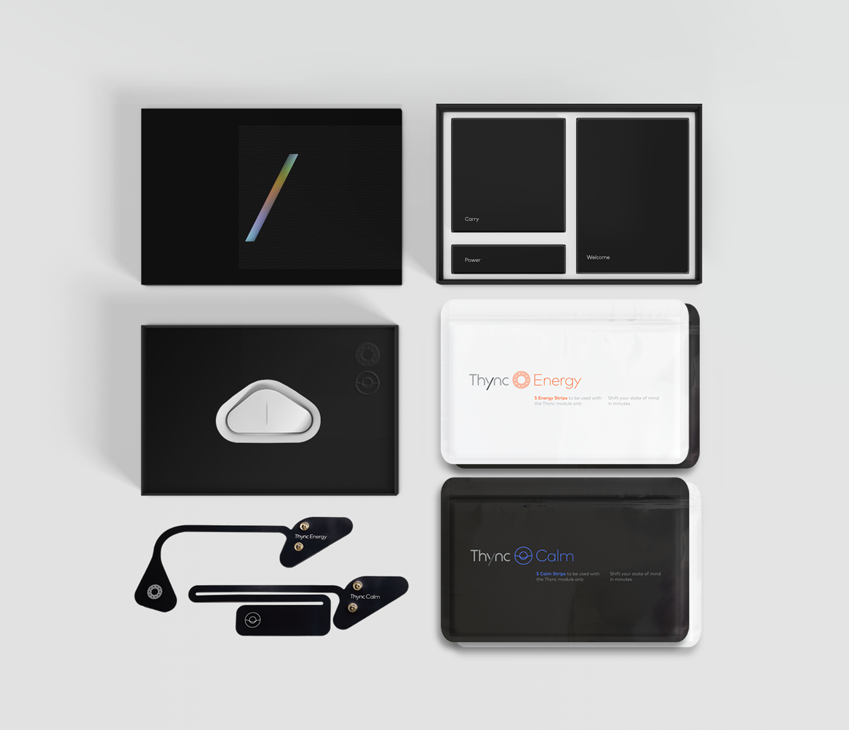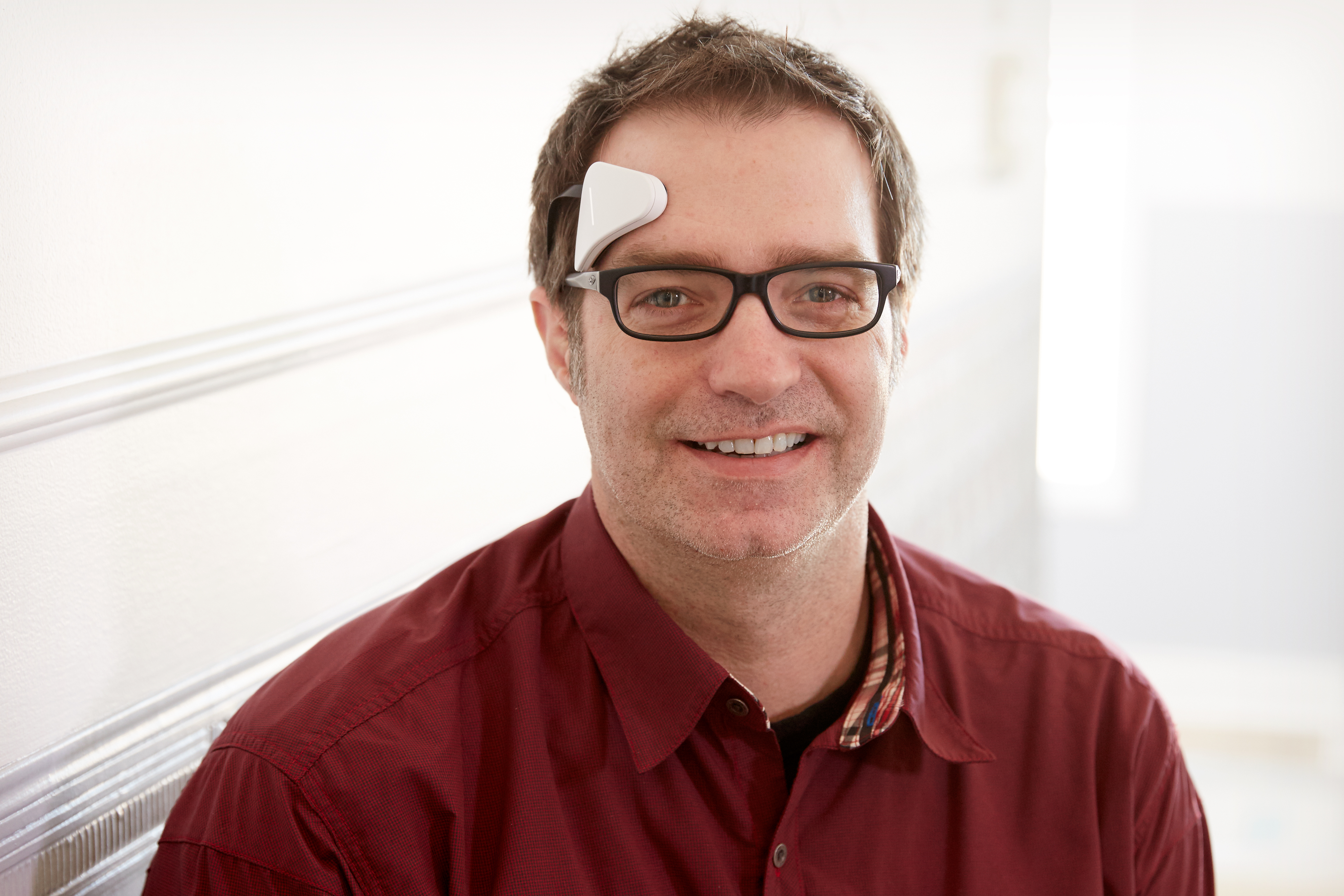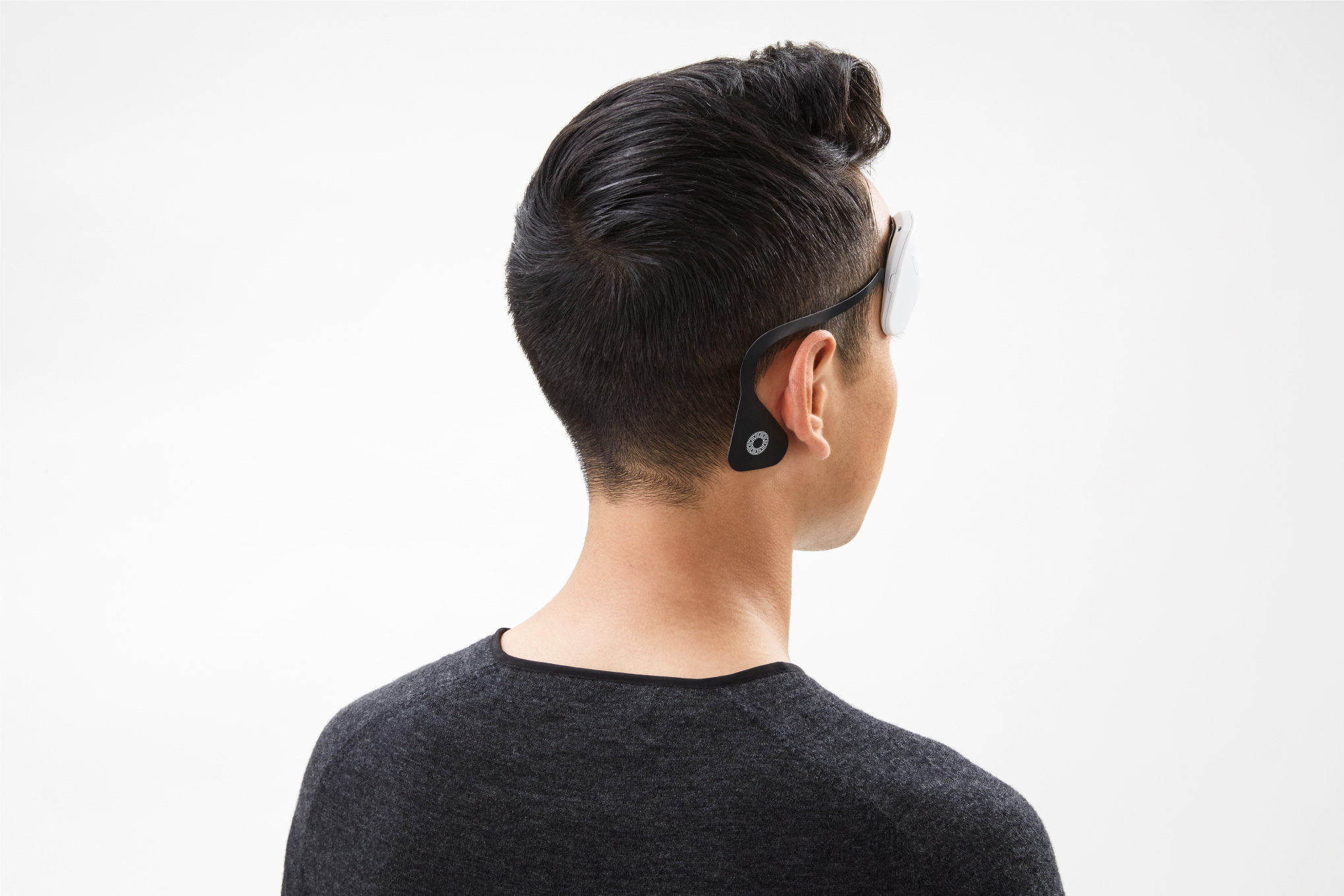
Wearable devices, especially those relating to health, are the latest trend in technology. Companies across the industry are scrambling to put sensors into everything, and connecting all your stuff to the Internet in some way. Most of the new products we see in this space incorporate interesting features that give you information or quantify your life in some way, but at least one company is aiming to actively improve your everyday life with technology.
Thync is a company founded by scientists and engineers with decades of experience in neuroscience and innovation. With their first product release, they are aiming to apply scientific principles to a consumer product that will be able to increase or lower your energy level on demand through electrical stimulation. Thync is a wellness product that uses low-power electrodes adhered to your head, providing therapeutic electrical impulses they call Vibes to alter your energy level. The Thync System consists of the main module, which contains the processing unit and battery, a set of adhesive strips that contain the electrodes, and a smartphone app that connects to the module to control the device.
I got a chance to ask the Chief Science Officer and one of the company’s founders about the product, and about the decades of research that has made it possible. Jamie Tyler has a PhD in psychology and behavioural neuroscience, and has spent over 20 years studying brain circuit function, neurophysiology, and behavior. When asked why now is the right time to release a product like this, he told me that this kind of technology has been improving and becoming more portable in the last decade. Non-invasive brain stimulation has been proven to be safe in medical settings, and the mainstream wearable technology market shows that people are ready to expect more out of their personal devices.
At first glance, Thync doesn’t look like much, but the technology that powers it has been shown to work in numerous medical studies and extensive beta testing. The FDA has cleared it for use as a wellness device, which means that it does not treat any medical conditions, but is considered safe for use by the general population. Tyler said this is exactly what they were looking for in a device that can easily be used by anybody.
Using Thync itself couldn’t be much simpler. You place the adhesive electrodes for either Energy or Calm on your temple and behind your ear, and choose your desired time and power levels in the accompanying smartphone app. At that point, targeted pulses of electrical energy are applied to your forehead and scalp that are either energizing or calming. These pulses were tested in a lab setting to be better than a placebo at either increasing your energy level, or relaxing you, depending on the chosen Vibes. As for the adhesive strips, they are guaranteed for a single use, but will lose stickiness over time. With clean, dry skin, you may be able to use each set of Strips several times.
I asked Jamie about the effectiveness of the Thync module at raising or lowering energy levels in their testers, and how results in the lab compared to real live subjects in beta tests. They found that users actually got a stronger effect from real world use than they saw in a laboratory setting. Jamie went on to explain that one likely reason for this is that in a real world setting, stresses are more likely to affect a person’s energy level in a major way, and added that Thync can really help regulate stress in those situations. He cited holidays with family as one of the times beta testers found Thync particularly useful in relieving stress.
At launch on June 3rd, the Thync System retails for $299 USD, with refills of Energy and Calm strips running $20 for 10 of each. At that price, this device falls firmly into the high-end of the wearable market, but given Jamie’s point that it can replace coffee in the morning and help you sleep better at night, it isn’t necessarily a bad investment in your mental well-being. The most obvious uses for Thync are also some of the most effective. Using the Energy Vibes in the morning can prepare you for the day in a way that won’t make you crash like caffeine. It can also boost your energy levels at night if you have had a long day but still want to enjoy your evening to the fullest.
The Calm Vibes are most obviously useful when getting ready to sleep, but Jamie also drew my attention to some less obvious use cases for the product. Professionals who work all day in a high-stress office found that using Calm Vibes at the end of the day prepared them nicely to disconnect from work and refresh before heading home to spend time with their families. Given that I spoke to Jamie while we was waiting for a train, it should come as no surprise that one of his favourite uses for the Calm Vibes are while travelling. He himself finds it much easier to relax on a long plane ride after 15 minutes using the Calm strips, and frequent travellers will surely feel the same way.
Thync is available in a limited release starting in the United States in June, and will be more broadly available later in the fall. Jamie told me that they are aware of potential skepticism about the product, and they are working on having events in select US cities where you can come and try out the Thync System in the next few months. Retail plans for the time being consist of getting as many people to try it out as possible and seeing how customers respond, so it might be a while until you can walk out of a store with a Thync System.
Finally, I asked Jamie about what the next step is for Thync. While he wasn’t able to get into too many specifics about upcoming development, he did let me know that the company is actively working on iterating to improve on the final product. In addition to that, they also have new trials running to make sure Thync is the best it can be. At the end of our conversation, Jamie shared his excitement about the next generation of wearable devices, and he hopes to bring his company to the forefront of that movement. Wearables that can measure your heart rate or oxygen level are a big step forward, but he thinks we will really start to see wearables making a difference when they are able to actually react to your body and take positive action to help you feel better.
MobileSyrup may earn a commission from purchases made via our links, which helps fund the journalism we provide free on our website. These links do not influence our editorial content. Support us here.





